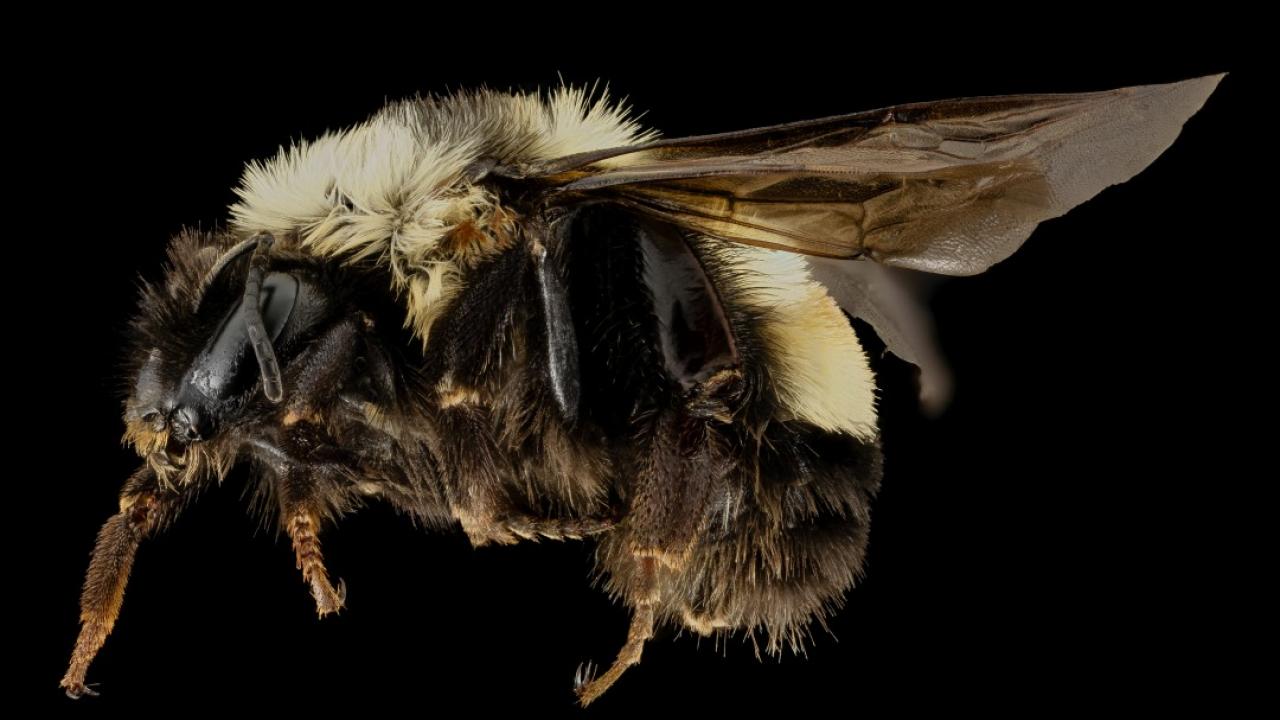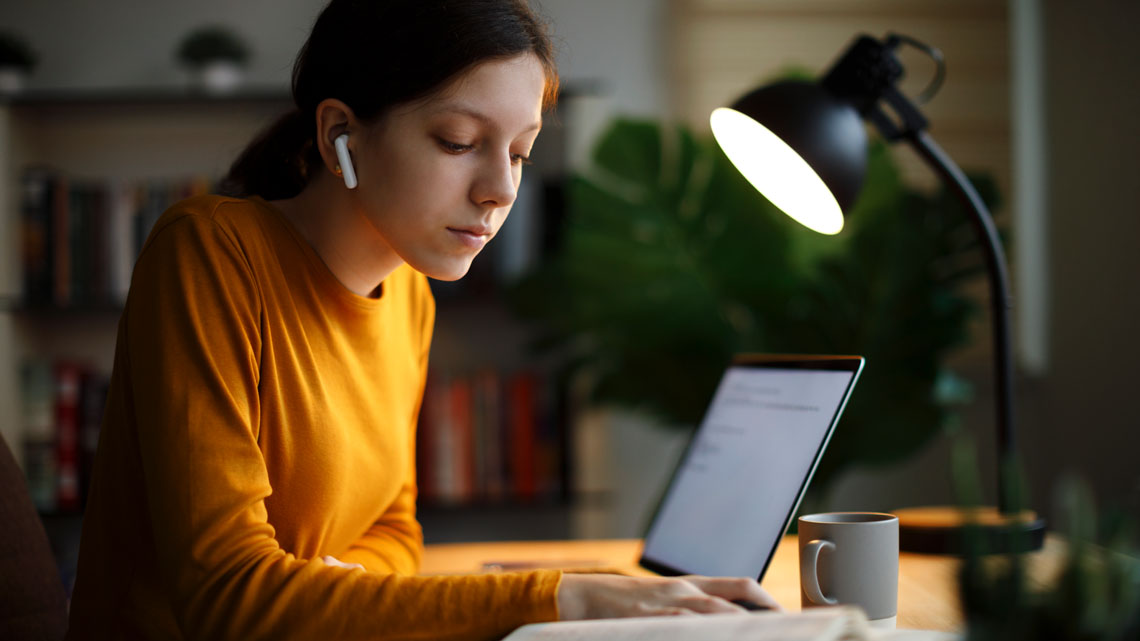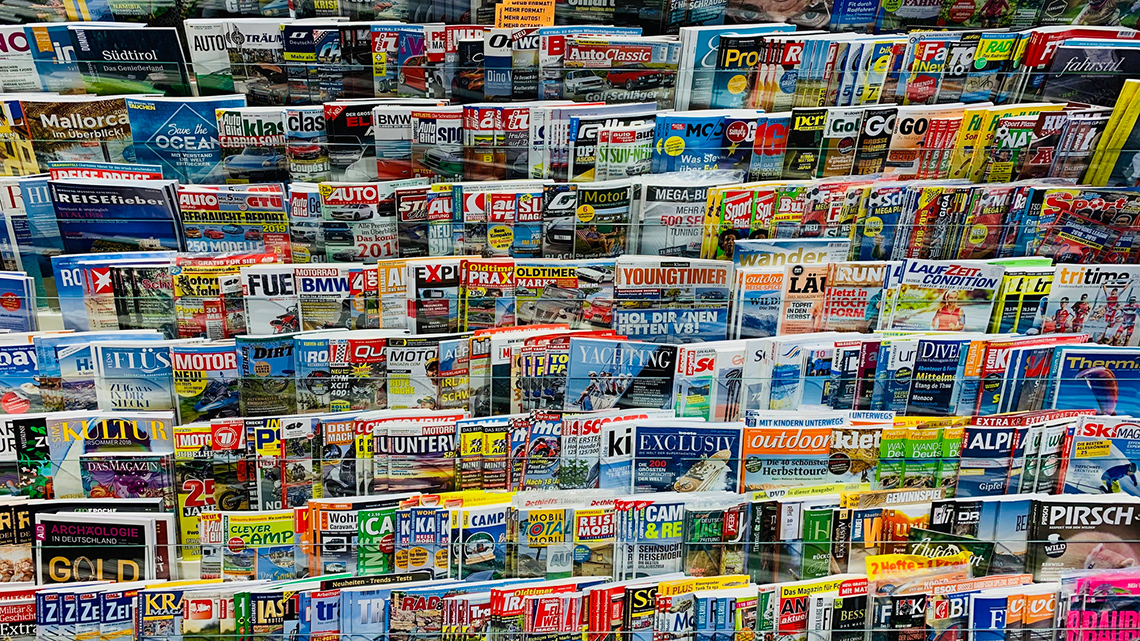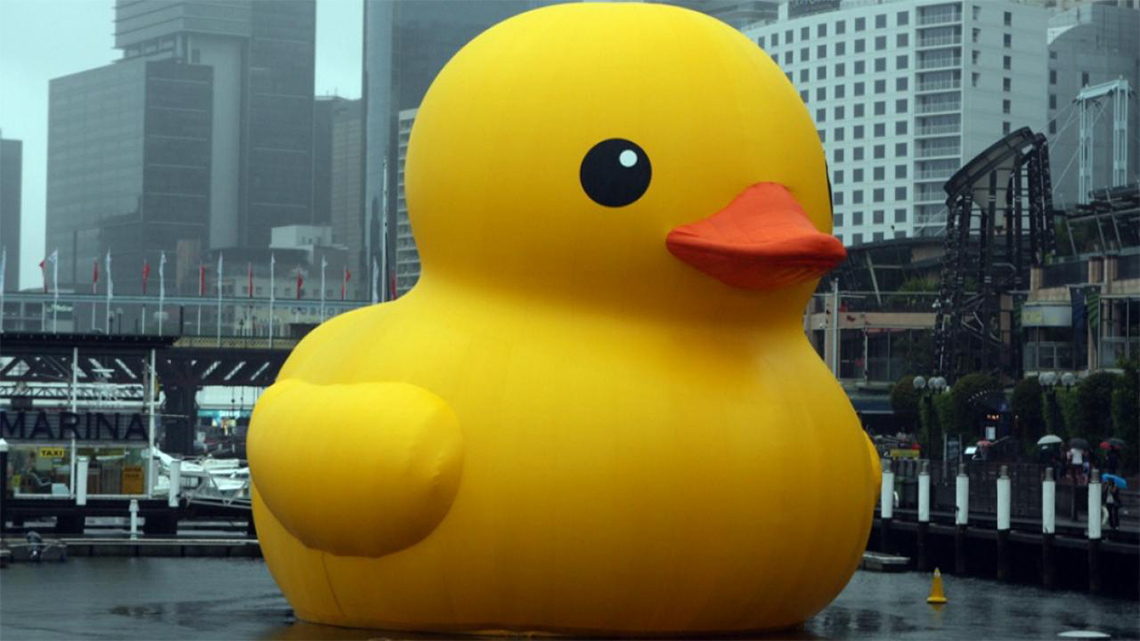Minds On
Making connections
Explore the image carousel and complete one of the following two tasks:
- Make a short connection to each image and/or description in the carousel.
- Make a detailed connection to one image and/or description in the carousel.
Record your connection(s) using a method of your choice.
Action
What does the word “connection” mean to you?
Brainstorm
What do you think?
What are some things that come to mind when you think of the word “connection”? Record your ideas using a method of your choice.
Then, review your list of ideas. What do you notice?
Text connections
Making text connections is a reading comprehension strategy that helps us to make sense of the things we read and better engage with the text itself.
There are three types of text connections we can make: text-to-self, text-to-text, and text-to-world. Do these types of text connections seem familiar?
Practice matching the type of connection to its definition.
As you read you can use the following questions to help you make different types of text connections. Press on the following links to reveal questions that you can ask yourself to engage more deeply with what you are reading.
Text-to-Self: a connection that you make between a text and your own knowledge, experience, and insights.
- How does this relate to my life?
- What does this remind me of in my life?
- How is this similar to/different from my life?
Text-to-Text: a connection that you make between texts.
- How is this text similar to/different from other things that I have read?
- What does this remind me of in another book that I have read?
- Have I read and/or listened to something like this before?
Text-to-World: a connection that you make between a text and the world around you.
- How is this book similar to/different from things that happen/happened in the world?
- What does this remind me of in the world?
- How did that part relate to things happening in the world around me?
In the Minds On section, you made connections to an image or a headline.
Return to your
connection and reflect on the following:
- What type of text connection(s) did you make? How do you know?
- Respond to the question prompts (above) that relate to the type of connection(s) you made.
Making connections to a text
Let's practice making text connections. Select one of the following texts below and make at least one text-to-self, text-to-world, and text-to-text connection. You can record your ideas using a method of your choice.
This is the video transcript for a TVOKids News segment about Viola Desmond's story and the new Canadian $10 bill that features the civil rights pioneer.
Press on the following text to access the video:
Transcript: TVOK News - “Viola Desmond”(Opens in a new window)The second text is an article about the endangered yellow-banded bumblebee and the disappearance of the rusty-patched bumblebee.

Press TVO.org to access Endangered Ontario: The mystery of the rusty-patched bumblebee.
TVO dot org (Opens in a new tab)The third text is a promotion article about The Water Brothers and the new season of their series. Tyler and Alex travel the world, discovering and sharing how water connects us all.

Press TVO.org to access TVO’s The Water Brothers returns for its fourth and final season March 3.
TVO dot org (Opens in a new tab)Think about your learning
Use the following questions to reflect on your learning so far. You can record your responses using a method of your choice.
- Which text did you select to make text connections? Why?
- Which type of text connection was easier to make? Which one was more challenging?
- How does making text connections help you to make sense of what you read?
Consolidation
Show what you know
Select a text of your choice and connect what you have read to yourself, specific texts, or to real world events you have experienced and/or learned about.
Present the text connection you make using a medium of your choice. For example, you can create a poster, booklet, podcast episode, or a short video. It's up to you!

Reflection
As you read the following descriptions, select the one that best describes your current understanding of the learning in this activity. Press the corresponding button once you have made your choice.
I feel...
Now, expand on your ideas by recording your thoughts using a voice recorder, speech-to-text, or writing tool.
When you review your notes on this learning activity later, reflect on whether you would select a different description based on your further review of the material in this learning activity.



